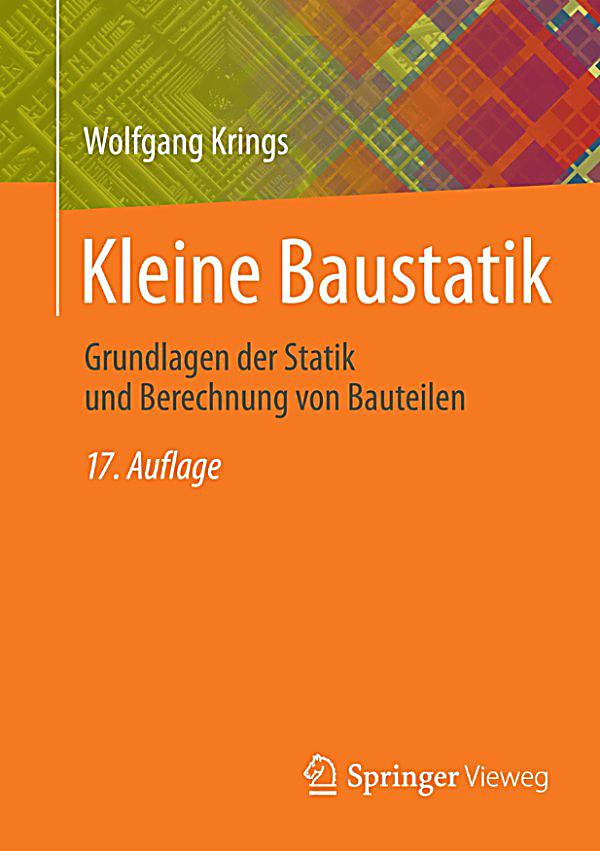Rfid Handbuch Finkenzeller Pdf Download
By Klaus Finkenzeller RFID (Radio Frequency identity) is utilized in all components of automated info seize permitting contactless identity of gadgets utilizing RF. With functions starting from safe net fee platforms to commercial automation and entry keep watch over, RFID expertise suggestions are receiving a lot recognition within the examine and improvement departments of enormous businesses. RFID is a massive progress are in car identification, permitting emergency cars to soundly journey site visitors signs, and offering the know-how at the back of contactless shrewdpermanent playing cards, 'autopiloting' vehicles, and creation automation. Totally revised and up-to-date to incorporate all of the most recent details on criteria and functions, this re-creation offers a typical reference for individuals operating with RFID know-how. Multiplied sections clarify precisely how RFID platforms paintings, and supply updated details at the improvement of latest tags reminiscent of the shrewdpermanent label. Free pc full game downloads no demos. In Post-Rapture Radio, our devoted narrator unearths a mysterious field containing the sermons and magazine entries of a real, unvarnished American personality the Reverend Richard Lamblove.
Rfid Handbuch Finkenzeller Pdf Download 2017

The little-known Lamblove–tried and failed–to revolutionize modern Christian tradition. As his magazine entries, cereal field scribblings, and random notes written on paper scraps display, Lamblove sees modern tradition as shallow, overly individualistic, and fed on with the type of prestige measured by way of cash, energy, and megastar. The capacitance-voltage characteristic of alloyed capacitance diodes has a quadratic path and is therefore best suited for the doubling of frequencies. Simple diffused diodes can be used to produce higher harmonics (Fleckner, 1987). 45 GHz the dipole has a total length of 6 cm.
If the transponder is located within the transmitter’s range, then the flow of current within the diode generates and re-emits harmonics of the carrier wave. Particularly distinctive signals are obtained at two or three times the carrier wave, depending upon the type of diode used. If the timing with which the load resistor is switched on and off is controlled by data, this data can be transferred from the transponder to the reader. This type of data transfer is called load modulation. To reclaim the data at the reader, the voltage tapped at the reader’s antenna is rectified. This represents the demodulation of an amplitude modulated signal. Load modulation with subcarrier Due to the weak coupling between the reader antenna and the transponder antenna, the voltage fluctuations at the antenna of the reader that represent the useful signal are smaller by orders of magnitude than the output voltage of the reader.
12) of the plate is sufficient to keep the amorphous metal strips at saturation point so that the magnetic alternating field of the security system can no longer be activated. The tags can be reactivated at any time by demagnetisation. The process of deactivation and reactivation can be performed any number of times. For this reason, electromagnetic goods protection systems were originally used mainly in lending libraries. Because the tags are small (min. 32 mm short strips) and cheap, these systems are now being used increasingly in the grocery industry.
This is the third revised edition of the established and trustedRFID Handbook; the most comprehensive introduction to radiofrequency identification (RFID) available. This essential new edition contains information on electronicproduct code (EPC) and the EPC global network, and explainsnear-field communication (NFC) in depth. It includes revisions onchapters devoted to the physical principles of RFID systems andmicroprocessors, and supplies up-to-date details on relevantstandards and regulations. Taking into account critical modern concerns, this handbookprovides the latest information on:.

the use of RFID in ticketing and electronic passports;. the security of RFID systems, explaining attacks on RFIDsystems and other security matters, such as transponder emulationand cloning, defence using cryptographic methods, and electronicarticle surveillance;. frequency ranges and radio licensing regulations. The text explores schematic circuits of simple transponders andreaders, and includes new material on active and passivetransponders, ISO/IEC 18000 family, ISO/IEC 15691 and 15692. Italso describes the technical limits of RFID systems.

A unique resource offering a complete overview of the large andvaried world of RFID, Klaus Finkenzeller's volume is usefulfor end-users of the technology as well as practitioners in auto IDand IT designers of RFID products. Computer and electronicsengineers in security system development, microchip designers, andmaterials handling specialists benefit from this book, as doautomation, industrial and transport engineers. Clear and thoroughexplanations also make this an excellent introduction to the topicfor graduate level students in electronics and industrialengineering design. Klaus Finkenzeller was awarded the Fraunhofer-Smart CardPrize 2008 for the second edition of this publication, whichwas celebrated for being an outstanding contribution to the smartcard field.